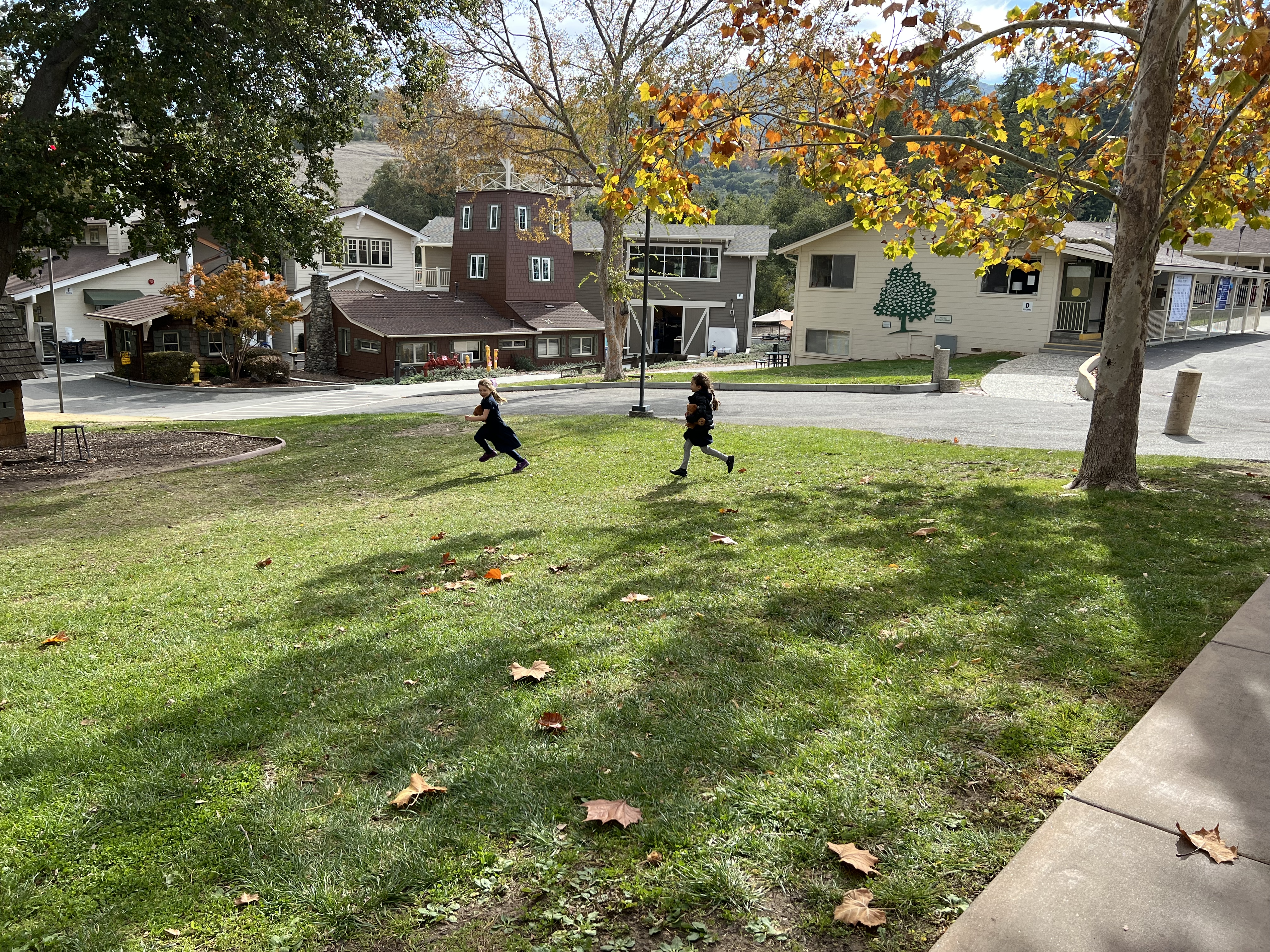By Colleen Schilly, Head of Lower School at Hillbrook School
A common theme that I find myself reflecting on is how we might prepare our children for their future in a rapidly changing world. As I consider this for our younger students, I find myself examining the changing tide of gender stereotypes in our culture. Much progress has been made in welcoming men into typically considered “female” jobs (teaching, nursing, etc.) and women into typically considered “male” jobs (finance, engineering, science, etc.). However, I continue to wonder how we can both inspire and prepare each learner for a future that increasingly welcomes female scientists, tinkerers, and engineers into their intellectual and professional communities.
It is important to acknowledge that as a society, while we do continue to make strides, this has not been the smoothest or easiest road and is one still paved with questions. For instance, despite efforts to raise awareness and turn the tide, girls and women are still significantly underrepresented in the sciences. Do we need more role models? More female accessible toys and science related products? Increased girl-only classes and programs? This article suggests those approaches, while well-intentioned, aren’t effectively addressing the problem. The typical interventions treat it as though it is a result of lack of interest, as if science as a field for women to pursue their learning, passion, and profession isn’t being “sold” in a feminine enough way. The article is worth a read and perhaps ongoing conversation with the science-driven girls/women in your life.
“A researcher measured the effect of a handful of common interventions on students’ interest in physics: single-sex classes; having role models including women physics teachers, women guest speakers, and women who made contributions to the field; and discussing the problem of underrepresentation itself. Of these efforts, only the last one succeeded in making high-school women more interested in pursuing a career in the physical sciences…I’m still all for Legos featuring women scientists, engineering toys that cater to different learning styles, and tales of academics who don’t look like a narrow slice of America. What I object to is that these things are used to pitch science to girls as though they aren’t naturally inclined to care about science in the first place—or as if they have to be as knowledgeable as a two-time Nobel Prize winner in order to participate.”
For our part, at Hillbrook, we intentionally promote a culture of inclusivity that inspires educational experiences that ignite curiosity and creation in each of our learners, all while celebrating an organic learning journey – no strings attached.
It is in the details. On the JK-2nd playground, favorite exploration space of some of our youngest and most malleable learners, the water spigot next to the sand pit has led to the creation of many mud pies and impromptu water tables. You will notice that it isn’t surrounded by any expectations or trappings that would guide how our students experience it. It’s not housed in a mini kitchen or a kid-friendly car wash, for instance, although it has been adapted to both particular purposes by our students across grade levels.
In the middle school science labs, our learners work together to design and code Lego robots. Each robot is unique to its creators, the aesthetics reflecting considerations of agility, economy of surface area, and a touch of personality. Our young engineers are engaged, invested in, and passionate about their work, motivated by the curiosity to find a better way and learning for the sake of learning.
These learning tools are what they are – tools. Devoid of flashy or gender-infused enticements, they serve a purpose to each of our students, boys and girls alike, who manipulate them in their hands. They serve to empower our students’ sense of choice and boundless imagination and it is our students who choose what they are and what they will become.
This also begs the question: how can we prepare our children for an “unknown” world? The answer is multi-faceted and, frankly, never-ending. For the sake of this piece, one of the unknowns we can consider is, how will gender role expectations impact our children in decades to come? We believe that it begins from the inside, out. Social emotional learning, which begins in junior kindergarten and carries our students through 8th grade nurtures respectful curiosity and empathy, instilling within our learners the ability to ask questions and consider conversations as well as the confidence to believe in themselves and their amazing potential to reach for their dreams and aspirations, whatever those may be.
We will continue to ask these questions of and partner with each other, as educational professionals and parents. We will continue to ask them of our children and allow their voices to shine. A changing world begins with us and – more importantly – with them.

